There can be your advertisement
300x150
How Will the Ban on Selling Apartments Without Finish Affect Prices
The Ministry of Construction proposes to ban the sale of apartments without finishing in Russia. Will new buildings become more expensive if this bill is adopted? Let's hear the expert's opinion
"Expensive housing has started to be sold with ready finishing several years ago, and this does not scare buyers; on the contrary, it is perceived as a clear advantage," – says Ekaterina Rumyantseva, an expert in the luxury real estate segment.
Ekaterina RumyantsevaExpertChairman of the Board of Directors at Kalinka Group
The delivery of premium and de luxe new buildings with ready finishing has become a trend in the last two years. According to data from April 2017, out of 54 exhibited objects in 10 there are apartments and flats with turnkey finishing – this is 18.5% of the total volume of primary supply. These are all Vesper’s objects, as well as some Barkli and Capital Group projects. For elite segment clients, the presence of finishing is an undeniable advantage of a project.
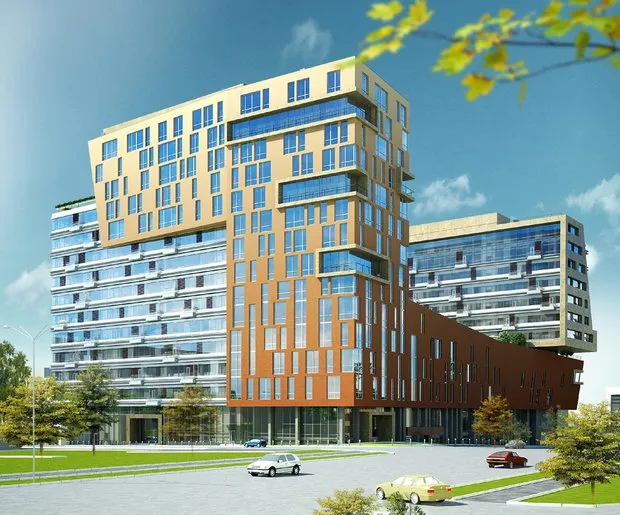
Today, the average cost of finishing offered by developers in high segments ranges from 30 thousand to 150 thousand rubles per square meter. If the owner of a new building does the renovation themselves, the cost of finishing work (with materials) increases by 20–25%.

Developers save money on finishing by optimizing costs across the entire project: they purchase construction and finishing materials at wholesale prices, receive good discounts from equipment suppliers due to large order volumes, and also use their own repair teams on the site.
Cost of Finishing by Developer
Housing Class
Finishing Cost
Business+
12–25 thousand rubles per square meter
Premium
27–35 thousand rubles per square meter
de luxe
45–150 thousand rubles per square meter

In Europe and America, offering expensive housing without finishing is comparable in the eyes of a potential buyer to trying to feed guests at an expensive restaurant with semi-finished products. Moscow developers strive to align regulators and market laws with global standards. They invite well-known architectural bureaus and named designers to work on projects, which in private order significantly, sometimes dozens of times, increases the project cost for the client.
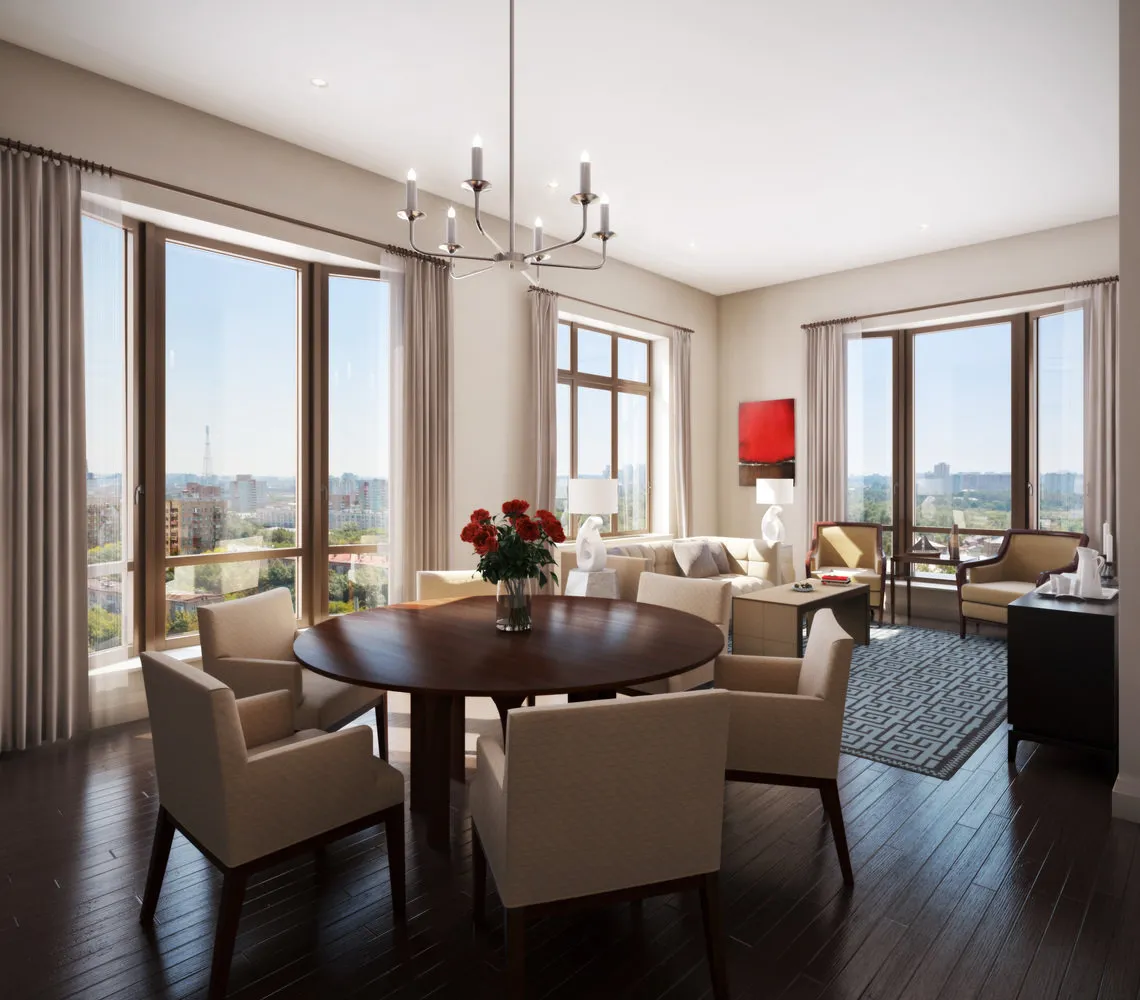
There is another strong argument in favor of buying an apartment with finishing: by designing the interior themselves and according to their taste, owners often make mistakes that in the future may prevent them from selling real estate at the price they expect. Famous examples of such situations are the 'rubles palaces' and flats from the 1990s, which when put up for sale literally shook the market.

Besides, by buying an apartment with finishing, the owner is freed from having to endure construction dust and waste in common areas for years, flinching at the sound of a hammer and impact drill, and eagerly waiting until they finally buy and renovate the last empty apartments.
There is no reason to fear that a ban on selling real estate without finishing will cause prices to rise unjustifiably. Today is not the situation when developers can arbitrarily set pricing policy: the risk of losing to more far-sighted competitors is too great. Moreover, even if we assume such an idealistic scenario as a state-level ban on selling new buildings without renovation, a quite competitive alternative is the rental market. Especially in view of the government's desire to return 'income-generating houses' to the market and even start this program with the launch of the first such projects in Moscow.
More articles:
 How to Create Your Dream Home Without a Designer: 4 First Steps
How to Create Your Dream Home Without a Designer: 4 First Steps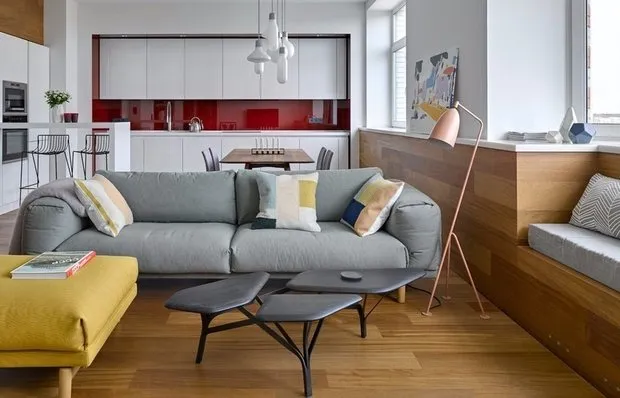 Arranging a Small Apartment: 5 Useful Tips
Arranging a Small Apartment: 5 Useful Tips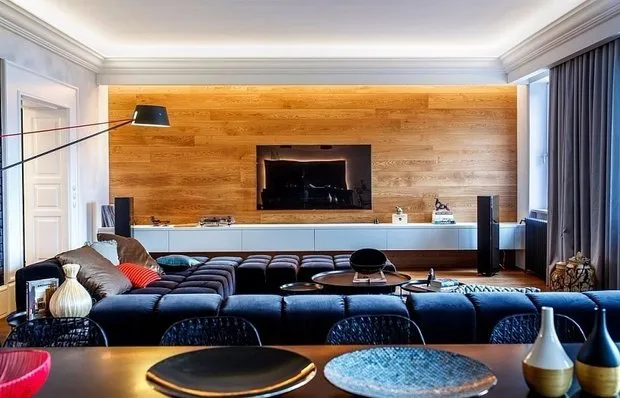 How to Transform a Bachelor's Den into a Masculine Interior
How to Transform a Bachelor's Den into a Masculine Interior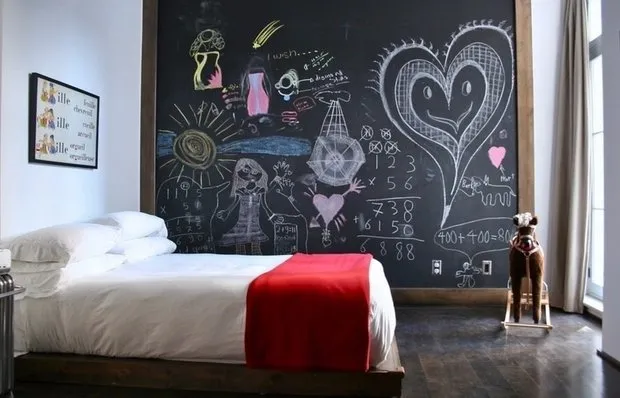 Wall as Organizer: 4 Interesting Finishing Options
Wall as Organizer: 4 Interesting Finishing Options Test: How Well Do You Know Soviet Design
Test: How Well Do You Know Soviet Design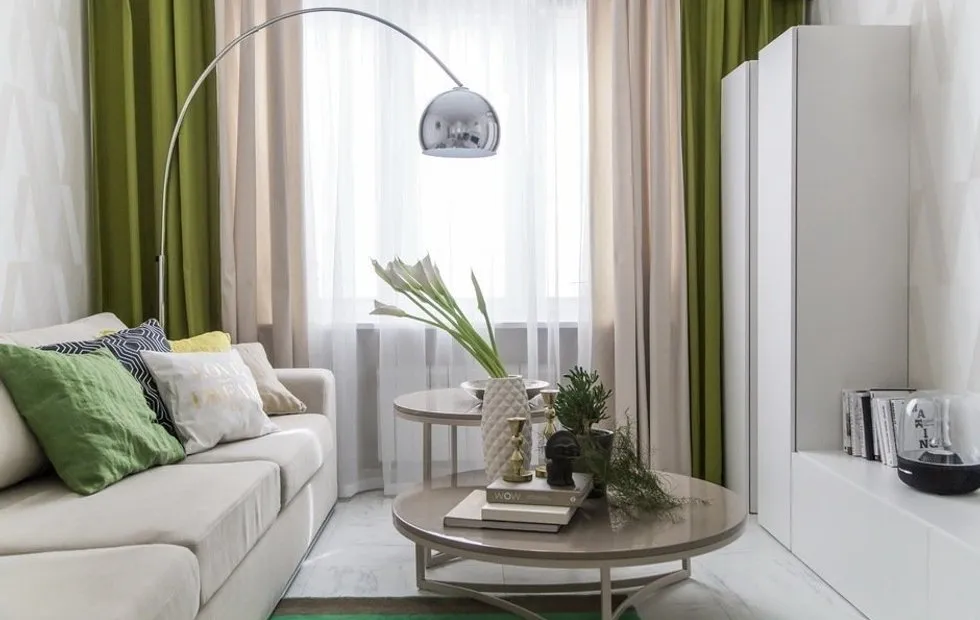 If You Missed It: 10 Best Articles of February
If You Missed It: 10 Best Articles of February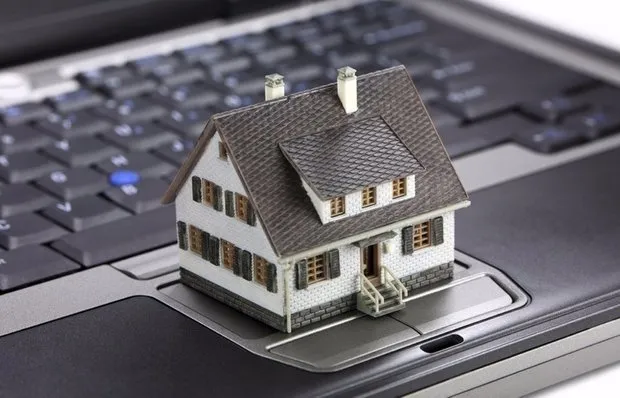 How to Buy Real Estate Without Leaving Home
How to Buy Real Estate Without Leaving Home 10 Ideas for Decorating a Wooden House
10 Ideas for Decorating a Wooden House